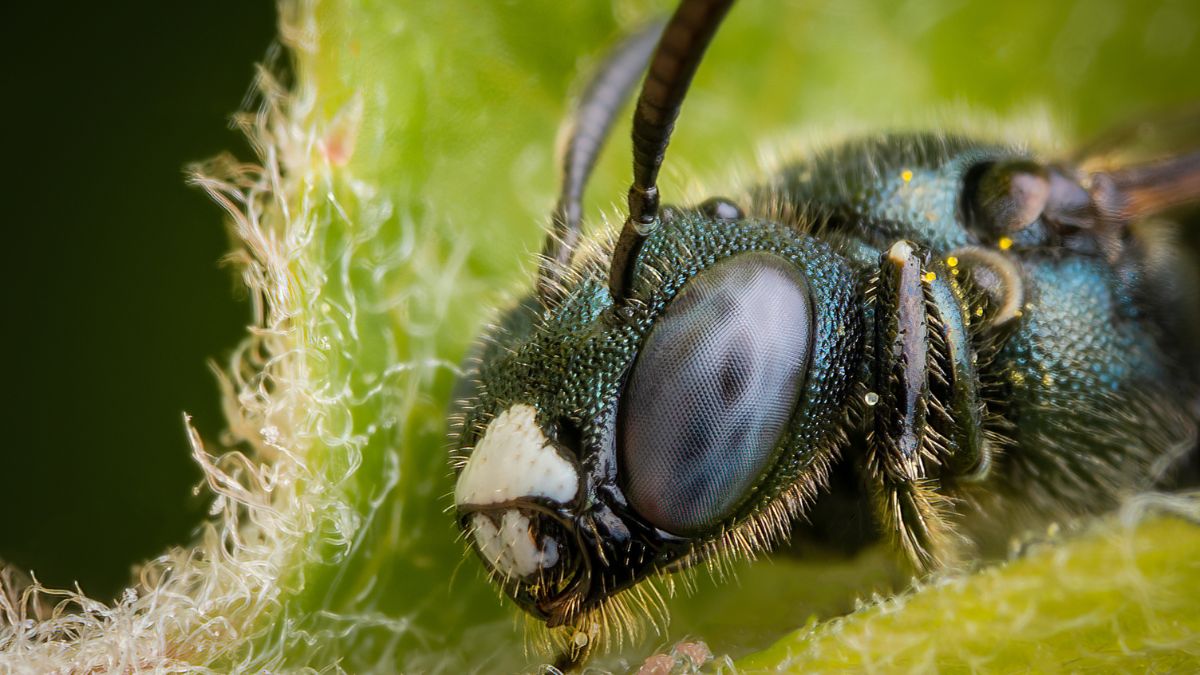
$15 Fix That Instantly Stops Carpenter Bees From Destroying Your Home
Carpenter bees can cause serious damage to wood surfaces, but simple, weatherproof solutions make it easy to protect your home
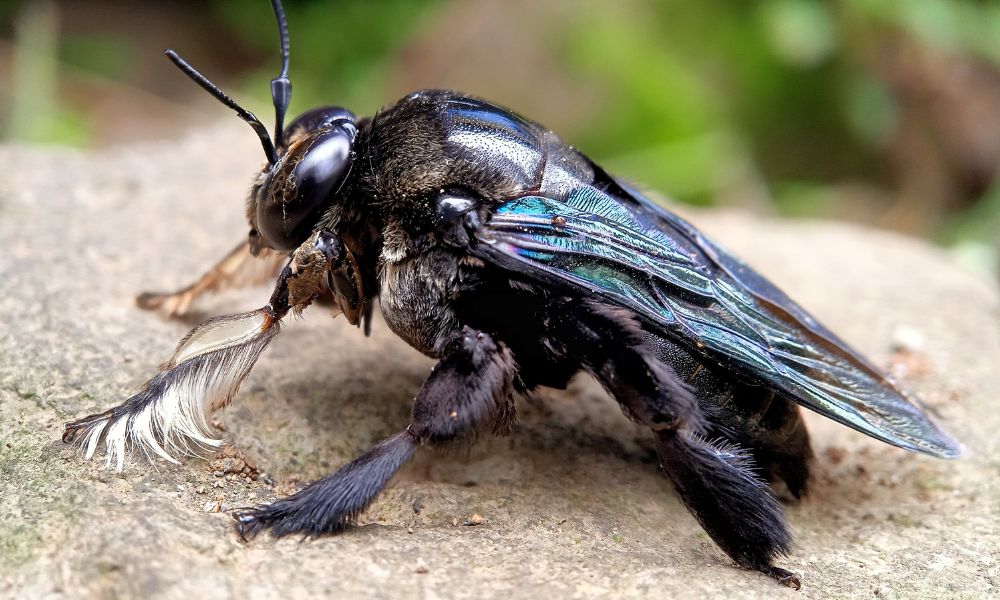

Can carpenter bees bite? It’s a common question with a surprising answer. While these wood-drilling insects don’t typically bite humans, they can be aggressive if provoked. Understanding their behavior can help you protect your home and stay safe. Let’s dive into what you need to know about carpenter bees.
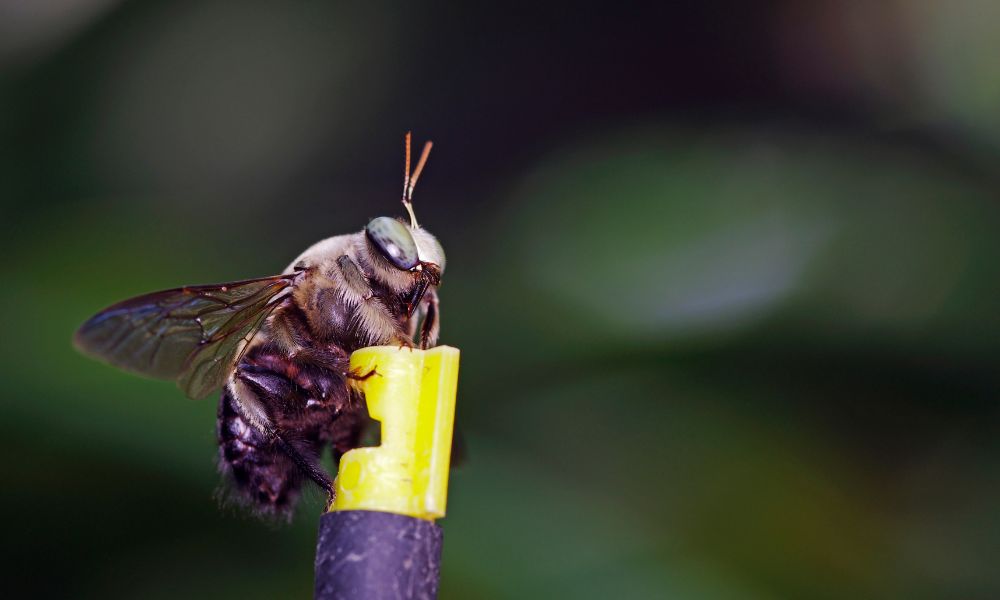
Carpenter bees look like bumblebees but act very differently. Instead of pollinating flowers, they drill holes into wood to create nests. You’ll often find them around decks, eaves, and wooden siding. Their tunneling can weaken structures over time, leading to costly repairs.
Technically, carpenter bees can bite, but they rarely do. Female carpenter bees have stingers and can bite if threatened. However, they are generally docile unless handled or provoked. Males, on the other hand, cannot sting or bite. They might buzz around aggressively, but it’s all bluff.
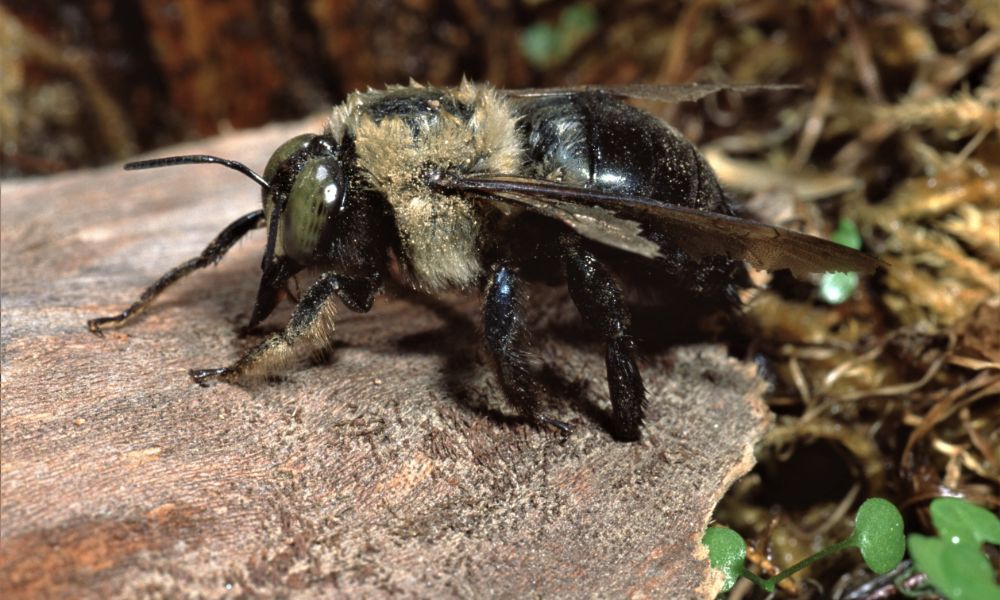
Even though bites are rare, the damage carpenter bees cause to wood is a serious issue. They drill tunnels where they lay eggs, and over time, these tunnels weaken wooden structures. This can lead to sagging decks, damaged eaves, and costly repairs.
Carpenter bee damage often looks like perfect round holes in wood. You might also notice sawdust beneath the holes or hear a faint buzzing sound. Over time, these holes can expand as more bees reuse old tunnels.
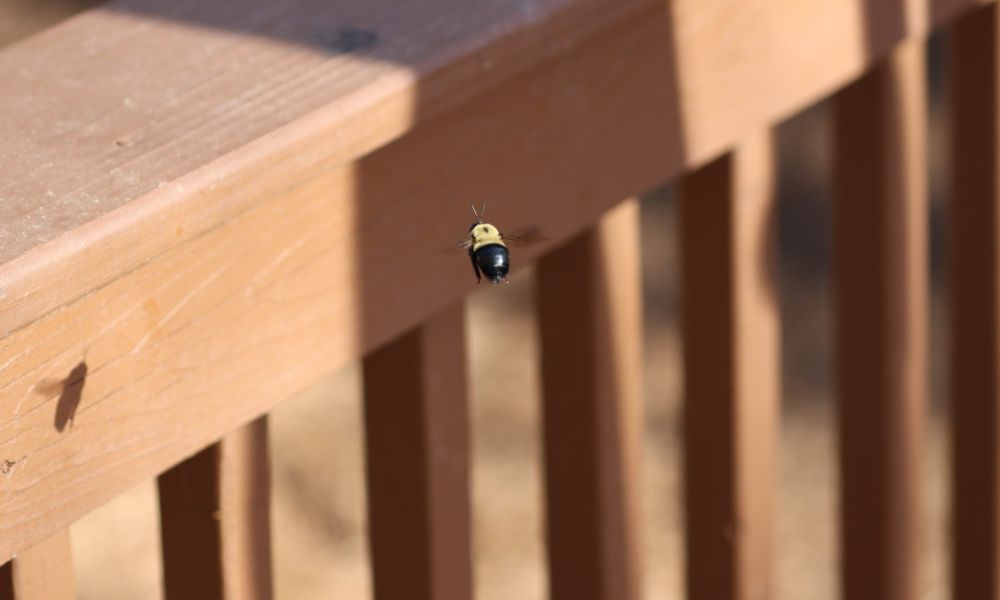
Myth 1: They only target old wood.
Fact: Carpenter bees prefer untreated wood but will drill into painted or stained wood if needed.
Myth 2: They die off in winter.
Fact: Carpenter bees hibernate in tunnels and emerge in spring.
Myth 3: DIY traps solve the problem.
Fact: Traps might catch a few bees, but they rarely stop the infestation.
Homemade traps rely on luck more than strategy. Bees are attracted to untreated wood and sunny spots. A DIY trap may catch some bees, but that might not be enough to stop an infestation. By the time you realize it’s not working, the damage is done.
For more insights, check out our blog on Why It Might Be Time to Rethink DIY Carpenter Bee Traps.
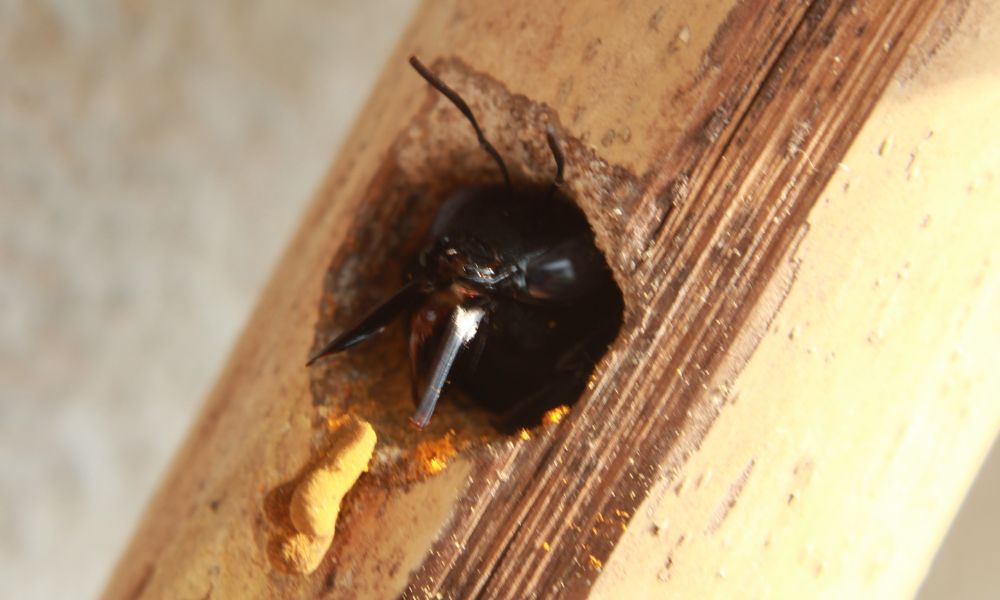
Not all traps are created equal. The best carpenter bee trap doesn’t require ladders, chemicals, or makeshift corks. Look for a solution that focuses on blocking holes to disrupt the life cycle. When bees can’t enter or exit, they can’t lay eggs or damage your wood further.
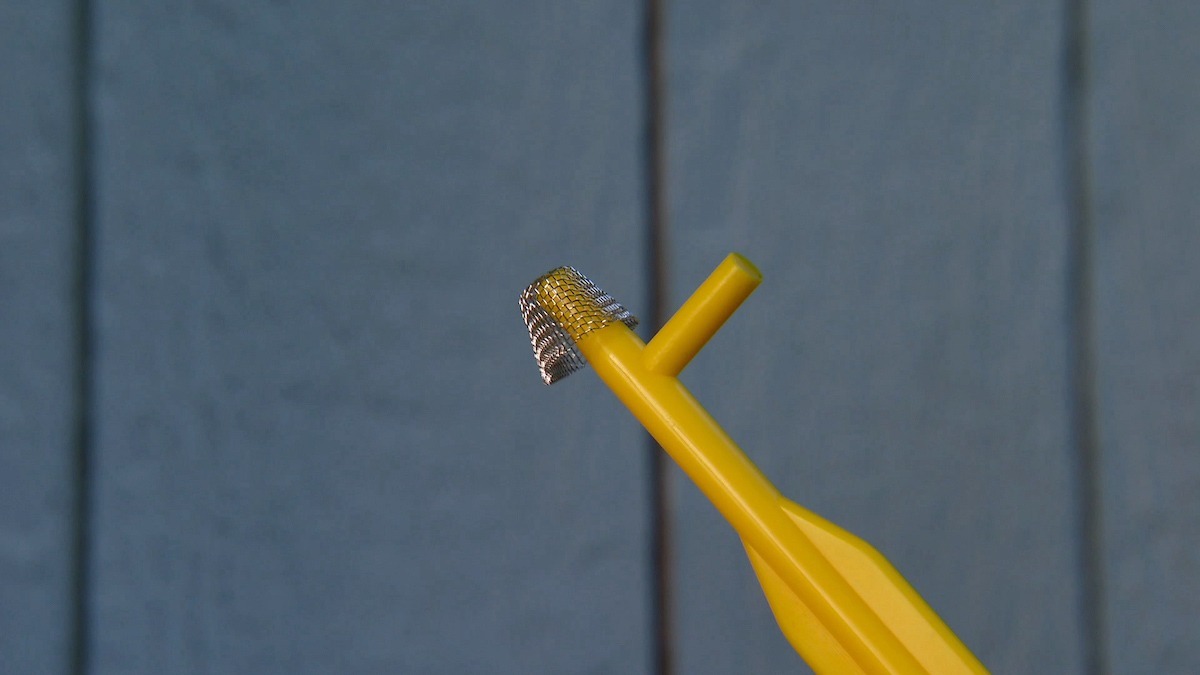
Blocking holes is the secret pest pros know. It disrupts the carpenter bee life cycle by preventing access to their tunnels. With no way in or out, the nest fails. That’s how you really get rid of carpenter bees. Products like Carpenter Bee Blocker Pro – BB PRO® offer a simple, effective way to protect your home.
Tempted to reach for a toxic carpenter bee spray to protect your wood or kill carpenter bees instantly? Read our recently blog, “Why Carpenter Bee Spray Alone Isn’t Enough“.
If you see multiple holes or notice structural damage, it’s time to call in the experts. Professional pest control services can block holes, apply treatments, and ensure the infestation is truly gone.
Can carpenter bees bite? Technically, yes—female carpenter bees can sting if directly provoked. But that’s not their main threat. The real damage comes from their relentless drilling into wood structures. Over time, these buzzing invaders can compromise the integrity of decks, fences, siding, and even support beams. Left unchecked, the repair costs can be significant.
Prevention is key. The most effective way to protect your home is by blocking access before carpenter bees settle in. That means sealing existing holes and taking proactive steps to deter them from boring new ones. The longer you wait, the more extensive the damage can become.
That’s where Carpenter Bee Blocker Pro comes in. Our premium carpenter bee traps and blockers are easy to install and proven to deter these pests—without chemicals or constant maintenance. Whether you’re dealing with a current infestation or protecting your investment before the season hits, our traps help you take control fast.
👉 Ready to protect your home? Shop Carpenter Bee Blocker Pro on Amazon and take action today before the damage gets worse.
Don’t wait until the damage is severe—take action with professional-grade carpenter bee traps now to keep your home safe.
Related Post:

Carpenter bees can cause serious damage to wood surfaces, but simple, weatherproof solutions make it easy to protect your home
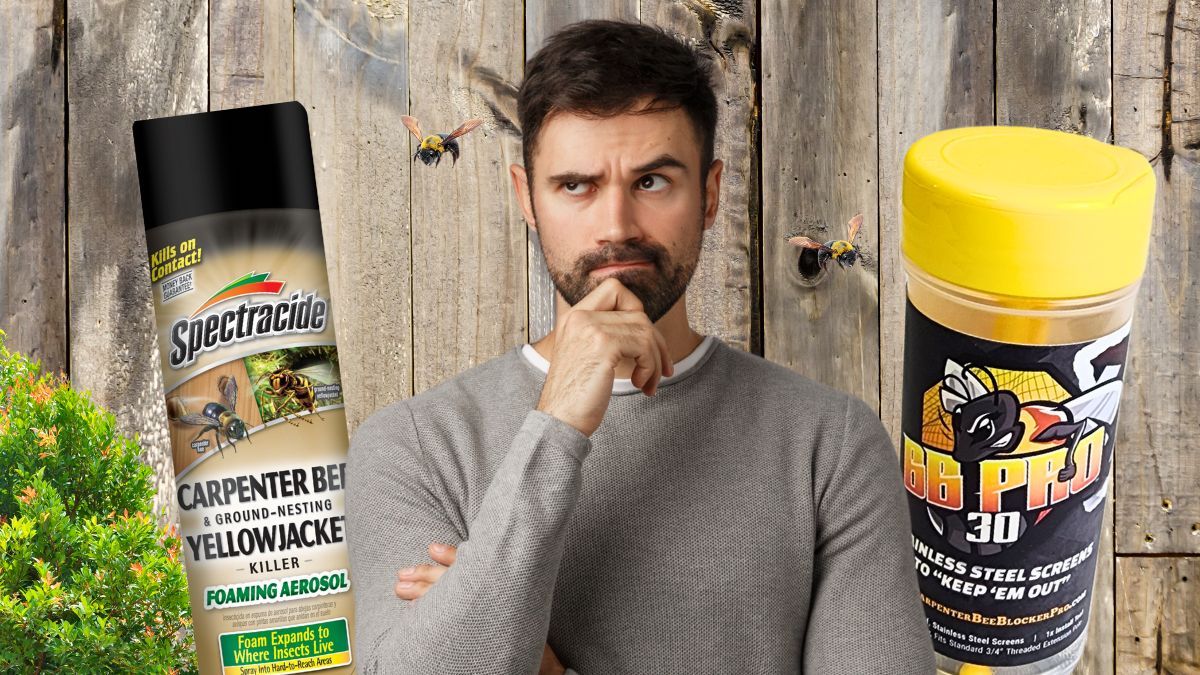
While Spectracide kills carpenter bees, Bee Blocker Pro prevents the damage before it starts—no need for pesticides unless absolutely necessary.
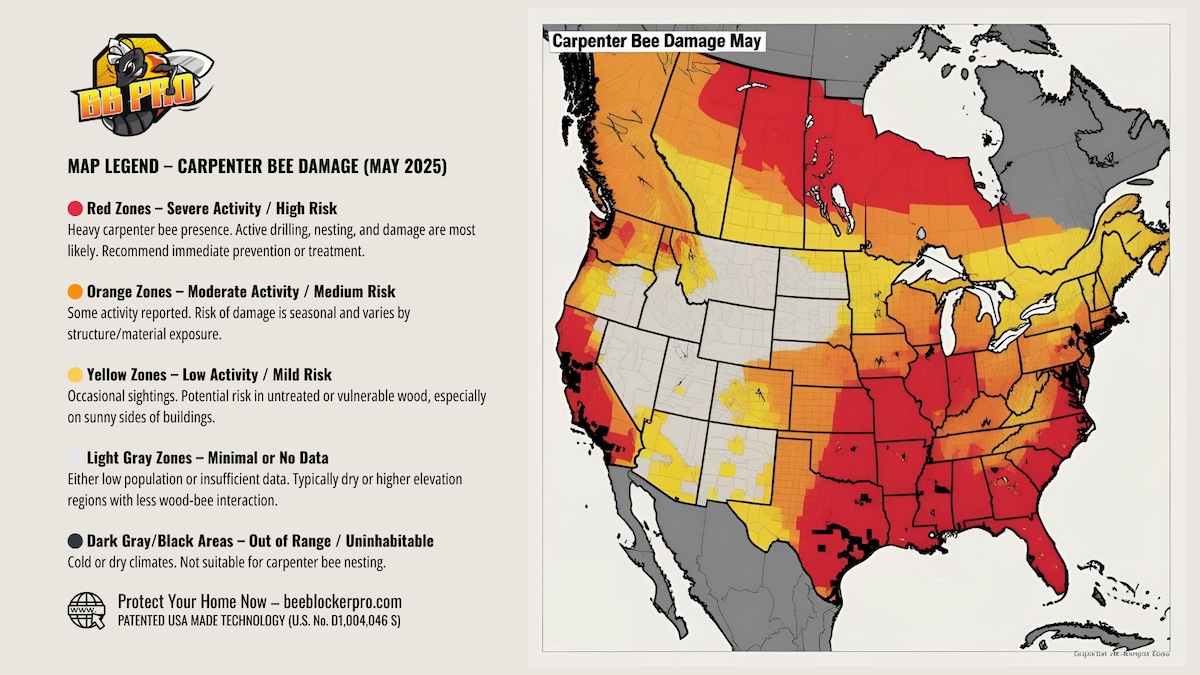
Carpenter bees are quietly drilling into homes across the U.S.—this updated heat map shows where damage is peaking right now.
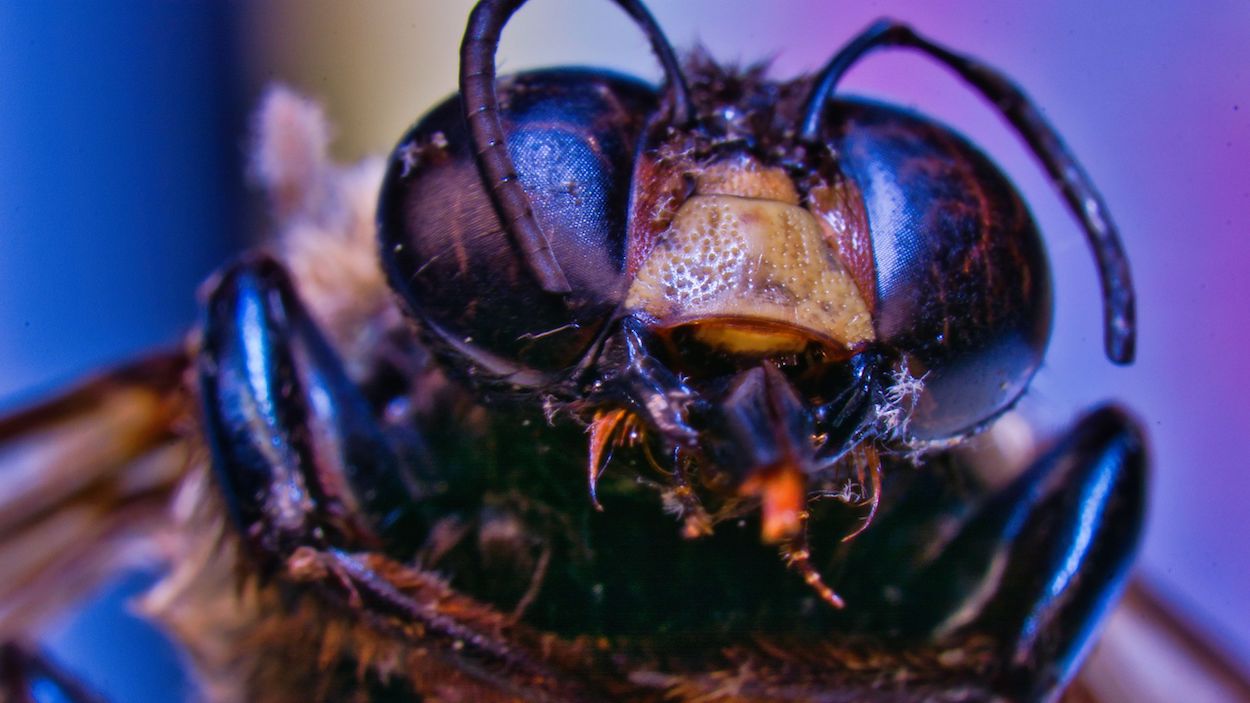
Discover why most carpenter bee sprays fail and how to use the proven, long-lasting solution to protect your home.
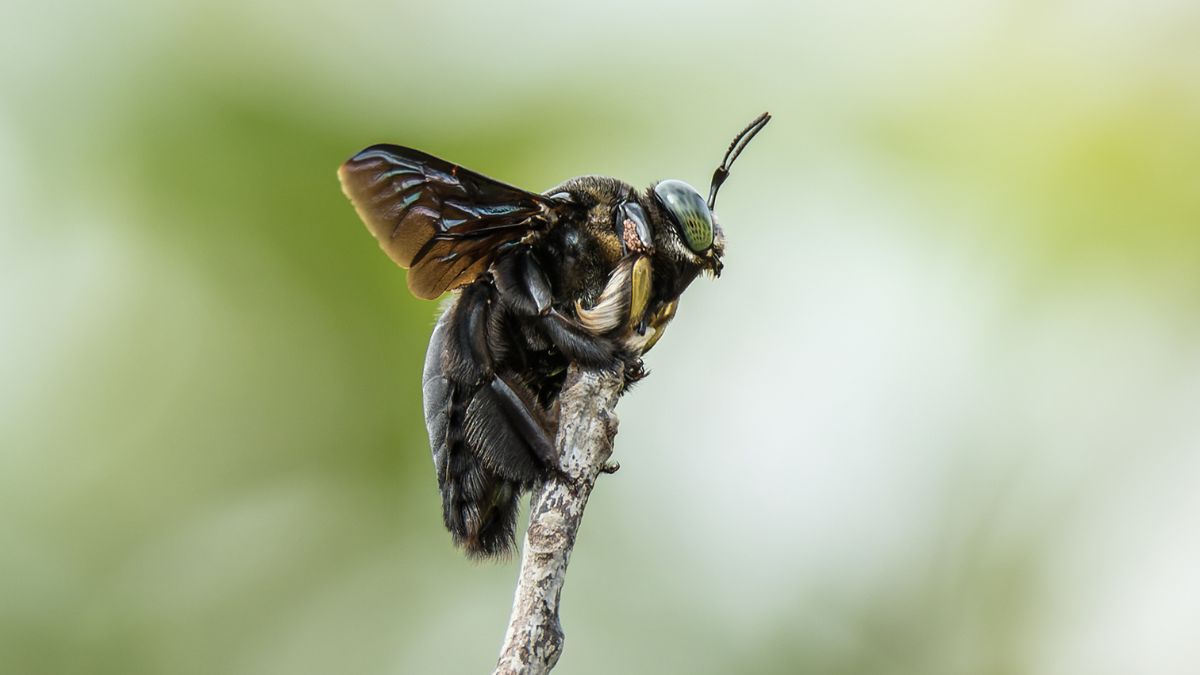
Protect your home naturally with a carpenter bee deterrent that seals holes and prevents damage—no bait, no ladders or messes,
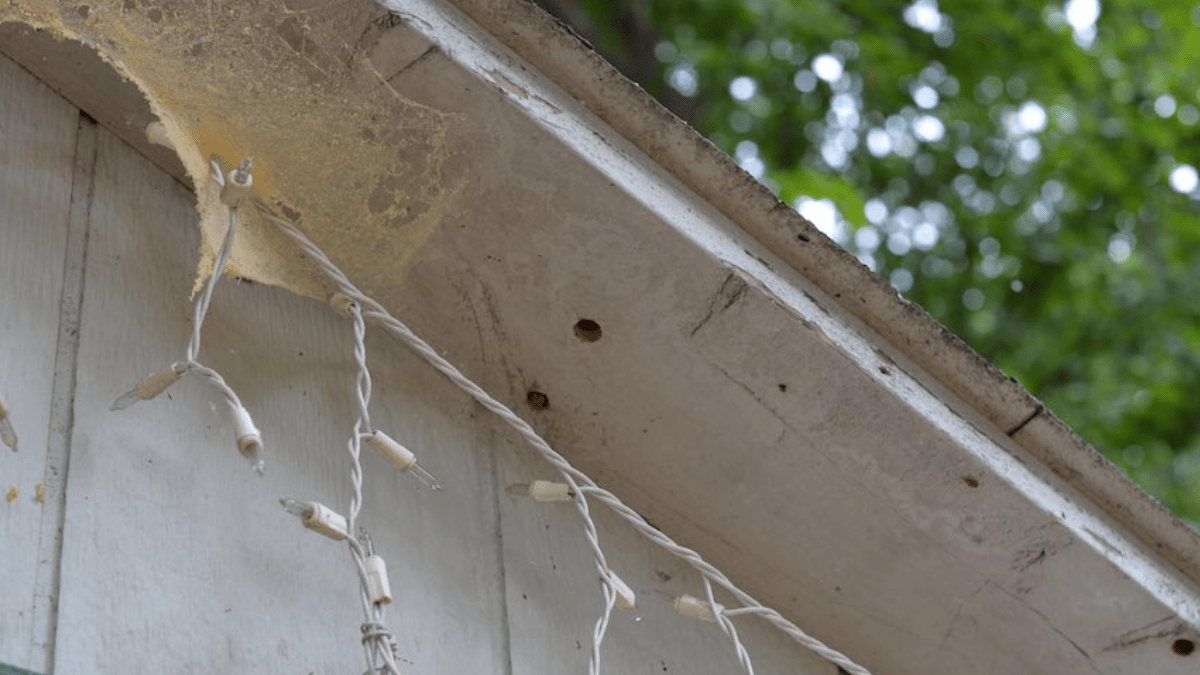
Carpenter bee holes start small but cause big damage—see what a carpenter bee hole looks like and how to stop
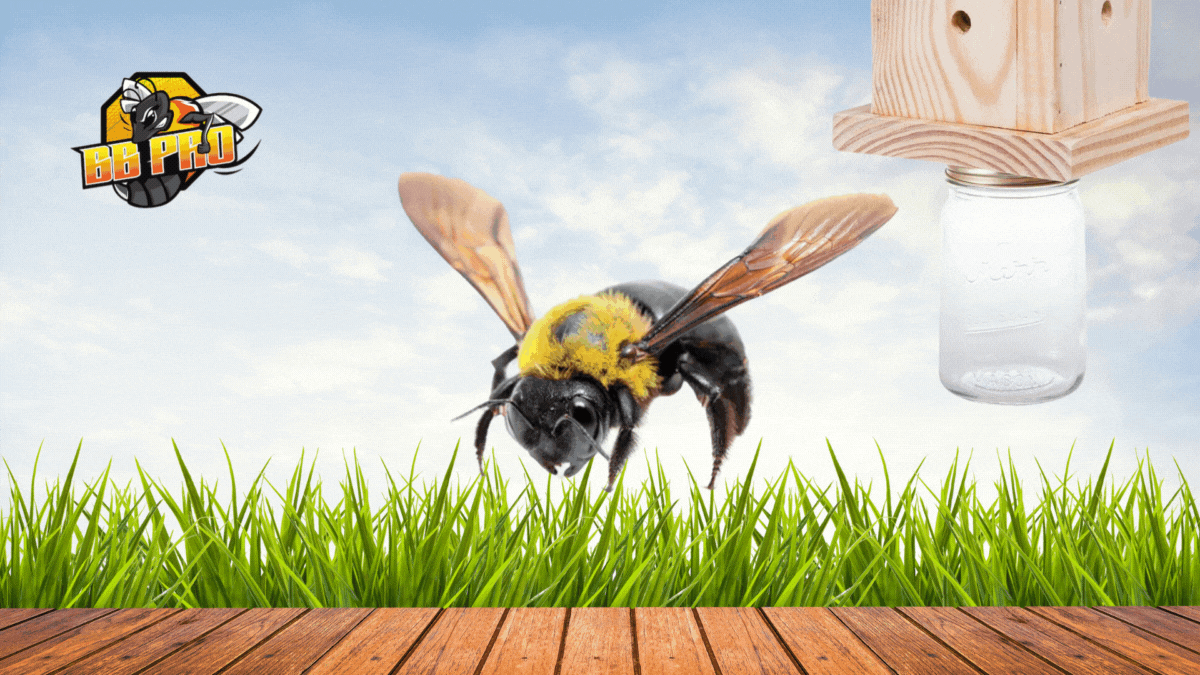
Relying on a bee house alone is like spraying perfume on a mold problem—you’re covering it up, not fixing it.
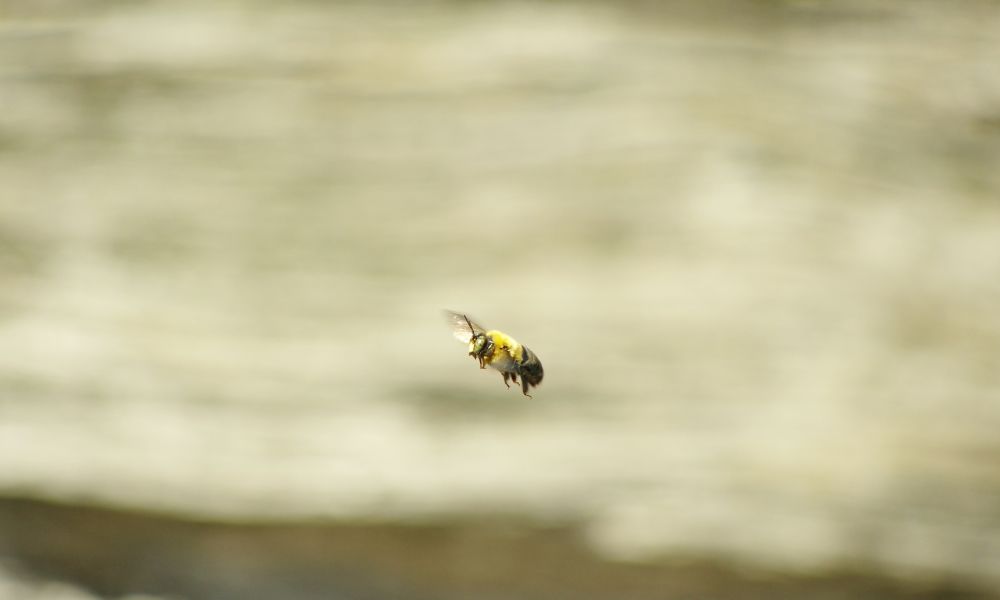
Cut off carpenter bee access, collapse the nest, and stop the damage—no sprays, no guesswork. Watch the video to see